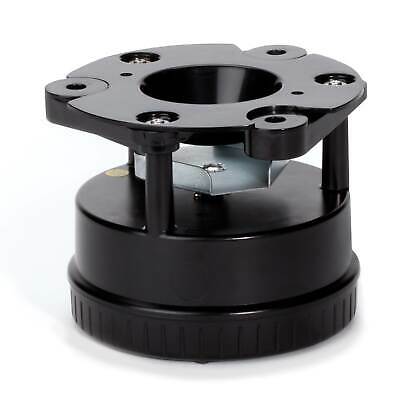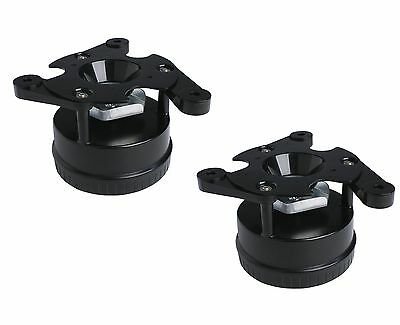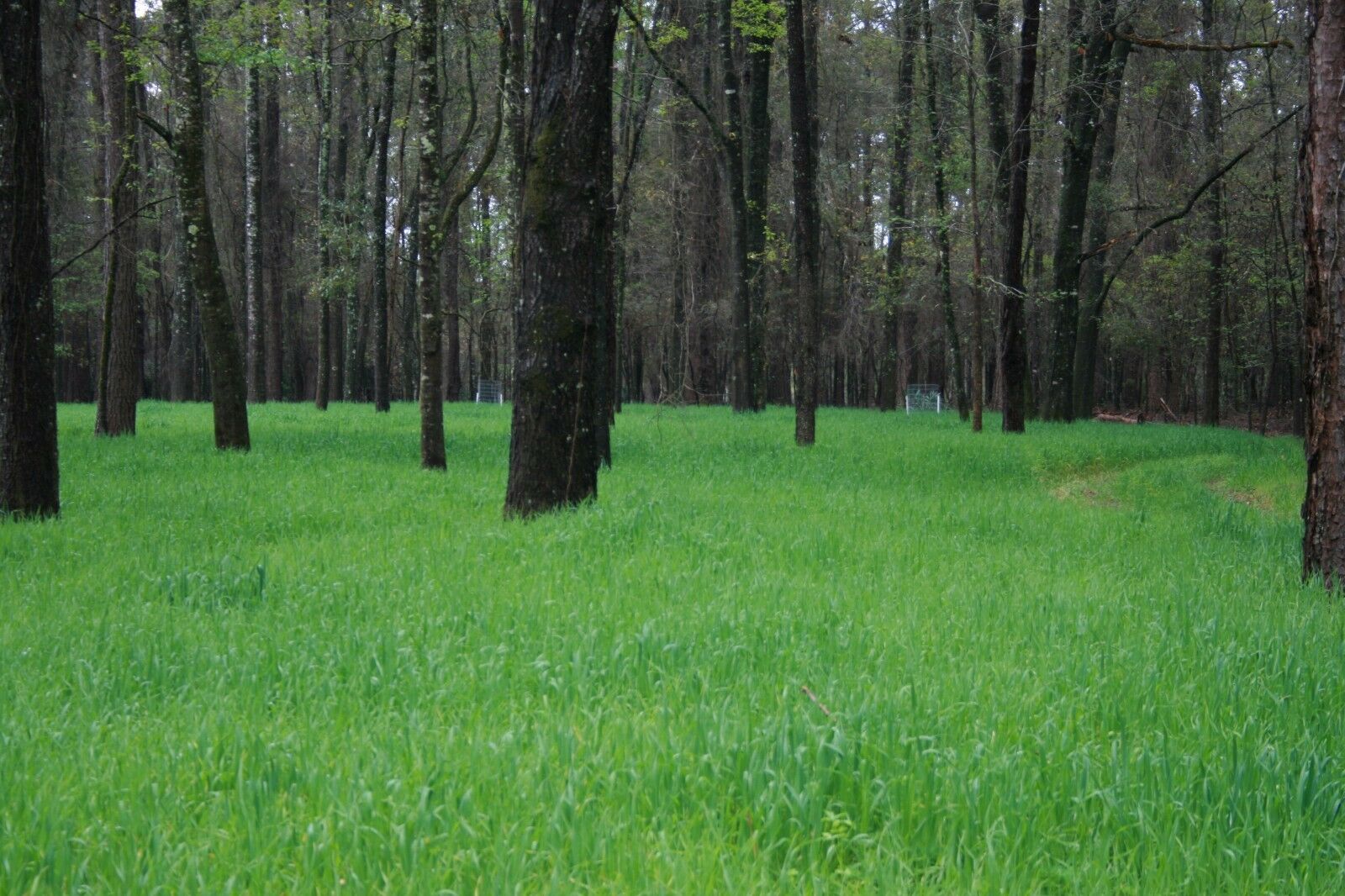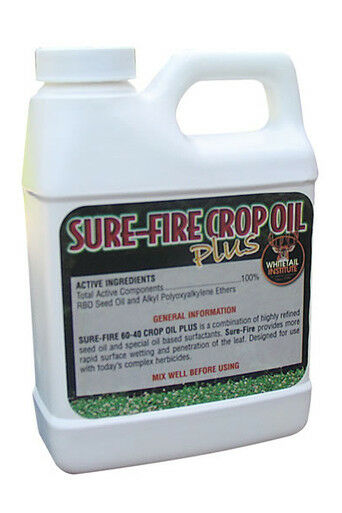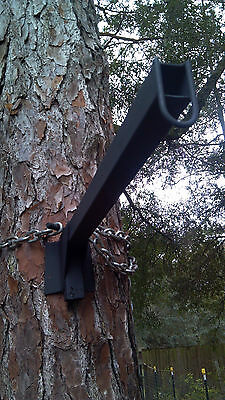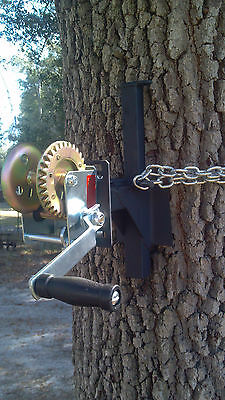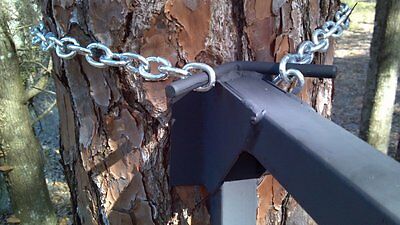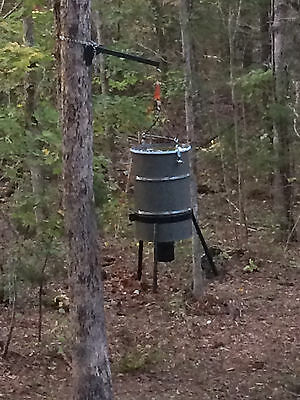-40%
1 lb Winter Wheat Seed Deer Food Plot/ Garden Cover Crop
$ 1.42
- Description
- Size Guide
Description
Wheat is a cool-season cereal grain that is easy to establish, quick to germinate, and a great choice for fall hunting plots, whether you plant it in a pure stand or in a mix with other species such as clovers.Wheat germinates in early fall or spring, depending on the variety, and continues to grow until it puts out a tall seed head later in the growing season. Deer love to forage on this tender grass crop throughout the hunting season, and turkeys will enjoy the seed heads in the spring and summer.
Planting: Wheat is tolerant of a wide range of soils and can even handle heavy, wet-clay soils. Soil testing is recommended to determine the pH and fertility levels of the planting site. Wheat can handle a wide range of pH levels, but does best on soils with a pH of 6.0-7.0. Without the aid of a soil test, a good rule of thumb is to add three hundred pounds of 13-13-13 or similar analysis per acre at planting time – but it is always preferrable to work from soil-test results. After the crop has reached a height of several inches, it is normally beneficial to add 100 to 150 lbs./acre of 34-0-0 per acre. Being a grass crop, wheat is a fairly heavy “eater” when it comes to nitrogen.
This crop is available in “winter wheat” and “spring wheat” varieties. Winter wheat does best when planted in the fall, and spring wheat is planted in early spring. Choose winter wheat in regions with warmer temperatures where wheat will over-winter. Because winter wheat establishes in the fall and begins growing early in the spring, it is available to deer for a longer period of time. If planting spring wheat, plant as early as possible to maximize the amount of forage produced.
An advantage of wheat is that it can be planted with a minimal of ground preparation. Some light disking or tilling is all it takes to get this deer candy up and growing. Wheat can be broadcast at a rate of 90 to 120 lbs./acre for a pure stand or drilled at a rate of 60 to 90 lbs./acre (the photo at the top shows a plot planted with a grain drill). Lightly disk or cultipack wheat seed after planting to ensure good seed-to-soil contact.
In my full profile of wheat, published in Quality Whitetails magazine (the membership journal of QDMA), I go into additional ways to blend wheat with perennials and take advantage of wheat’s other attributes.
Varieties: Choose a variety of wheat based on the area in the country where you reside. Some varieties are better suited for the South and some do better in colder climates. Consult with your local county Extension agent for the best varieties to plant in your area.
Maintenance: If production and harvest of the wheat is not an issue, then the initial fertilization, and additional nitrogen mentioned above, will get your crop through deer season. Wheat is an annual crop and will need to be replanted each season.



